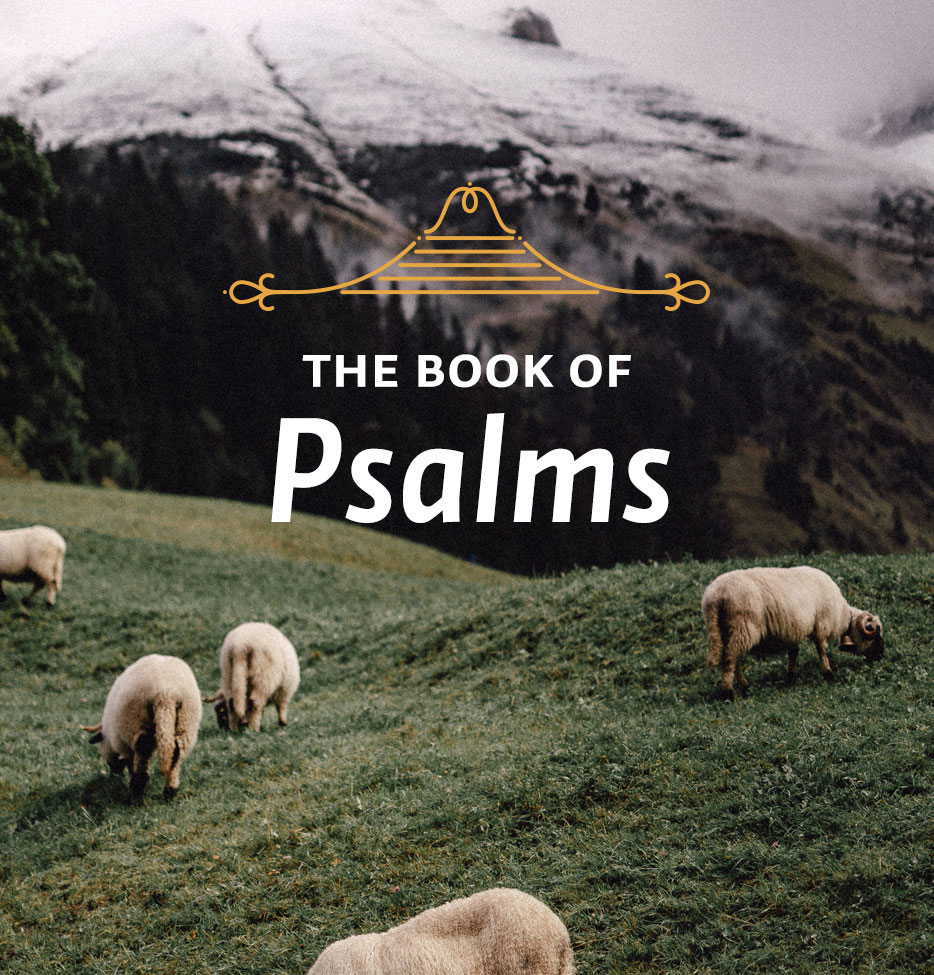Theme: The Divine Planter of a Vineyard
In this week’s lessons we learn that there is no restoration of God’s favor without repentance.
Scripture: Psalm 80:1-19
The second great metaphor of this psalm is of God as the planter and keeper of a great vineyard and of Israel as his choice and abundant vine. I have identified this image as filling the third stanza of the psalm (vv. 8-18), but in the New International Version the section is itself divided into three stanzas: verses 8-11, 12-15 and 16-18. These deal with the past, the present and the future of the vineyard.
Like the image of God as a shepherd, the vine metaphor is also common in Scripture, especially in relation to the northern kingdom. Jacob used this image in his final blessings on the tribes, calling Joseph “a fruitful vine near a spring, whose branches climb over a wall” (Gen. 49:22). The theme is frequent in the prophets. It occurs twice in Isaiah in beautiful and very moving passages: “My loved one had a vineyard on a fertile hillside…” (Isa. 5:1-7) and “Sing about a fruitful vineyard…” (Isa. 27:2-6). In Jeremiah 2:21, God complains, “I had planted you like a choice vine of sound and reliable stock. How then did you turn against me into a corrupt, wild vine” (Jer. 2:21)? Hosea has two important passages: “Israel was a spreading vine, he brought forth fruit for himself…” (Hos. 10:1) and “He will blossom like a vine, and his fame will be like the wine from Lebanon” (Hos. 14:7).1
Psalm 80 is the only psalm in which the vine is used as a symbol for Israel, and it is almost the only psalm in which the image occurs in any sense. As indicated above, it is in three parts.
1. The past: brought out of Egypt, planted and prospering. The first part is about the past. Set apart as a separate stanza of the psalm by the New International Version (vv. 8-11), the first part describes how God brought Israel out of Egypt as a choice vine, cleared the promised land of the nations who were there before her, planted it and then cared for it so that it grew up to be a mighty vine that covered the mountains and spread from the Mediterranean Sea on the west to the Euphrates River to the east. It is a powerful image, aptly describing what God had done. For God had indeed brought Israel out of Egypt, and her present possession of the land was God’s doing.
2.The present: the ruined vineyard. The second part of the extended image of the vine, marked out as a separate stanza by the New International Version (vv. 12-15), describes the people’s present condition and asks God why he has allowed it to happen.
The breaking down of the walls and the ravaging of the land have suggested to some commentators that what the psalmist is describing is the complete overthrow of the kingdom by the Assyrian armies in 721 B.C. But that does not necessarily follow from the words. The walls are not necessarily the literal walls surrounding Samaria, the capital and last northern stronghold. They can also designate the borders or frontiers of the land, and if that is the case, then the stanza is merely describing intrusions into Israel from outside by the pagan nations.
The strongest reason for refusing to place this psalm after the defeat of the northern kingdom is that it is hard to think of anyone asking for its restoration at that point. The overthrow was just too complete. The people of the north were carried away and dispersed, and other peoples were brought in to settle the land.
3. The future: restoration through “the son of man.” And yet there is hope, at least at this point. For the final section of this extended metaphor, set apart as verses 16-18 by the New International Version, looks to the future and asks for revival and restoration by “…the man at your right hand, the son of man you have raised up for yourself” (v. 17).
Who is this “son of man”? At first glance it is impossible not to think of Jesus Christ, who used these words of himself and who is undoubtedly the one by whom the fortunes of all God’s people are to be restored. Yet it is not so clear that this is meant here. There are three possibilities, which we will look at tomorrow.
1See also 2 Samuel 7:10; Jeremiah 12:10; Amos 9:15.
Study Questions:
Describe what it means to call God a planter.
How is the metaphor of a vine used to describe the past and present history of Israel?
Reflection: Besides the images of a shepherd and a planter, what other images does the Bible use to describe God, and what aspects of his character are seen?






